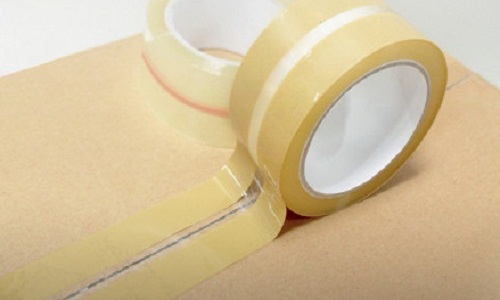Recently, the Pressure Sensitive Tape Council (PSTC) conducted an in-depth research to identify the underlying biases, behaviors, and decision factors that influence tape usage, in order to understand how different industries perceive and use pressure sensitive adhesive tape for bonding applications. PSTC’s president Michel Merkx said, “We found that certain industries clearly understand the benefits of utilizing pressure sensitive adhesive tape. For instance, the appliance industry considers pressure sensitive adhesive tape to be very effective compared with the use of liquid adhesives or mechanical fasteners, particularly in terms of aesthetics and ease of application as well as tape’s ability to resist heat, moisture and vibration.” To the contrary, the report presented there are low levels of recognition about the benefits of utilizing tape in the construction industry compared with the use of the more traditional bonding methods. Besides, the report revealed that understanding the compliance of pressure sensitive adhesive tape with regulations and standards is the foremost issue in the construction, electronics, and medical industries. The research also supports many other industry factors for converting to tape for bonding applications. Performance is high on the list, and engineers surveyed specifically expressed concerns about the durability of pressure sensitive adhesive tape when the primary goal is to hold two objects together. Other high conversion factors from liquid adhesives and mechanical fasteners to pressue sensitive adhesive tape were focused on bonding needs related to identifying, protecting, or energy absorption. Merkx also explained, “The report shows the overall flexibility of pressure sensitive adhesive tape in regarding to its use…Compared to liquid adhesives, tape is easier to utilize and has the potential for greater long-term durability as well as providing superb stress distribution. Using tape also involves lower costs. And compared to mechanical fasteners, tape is lighter in weight, more aesthetically pleasing and more flexible in application.”
